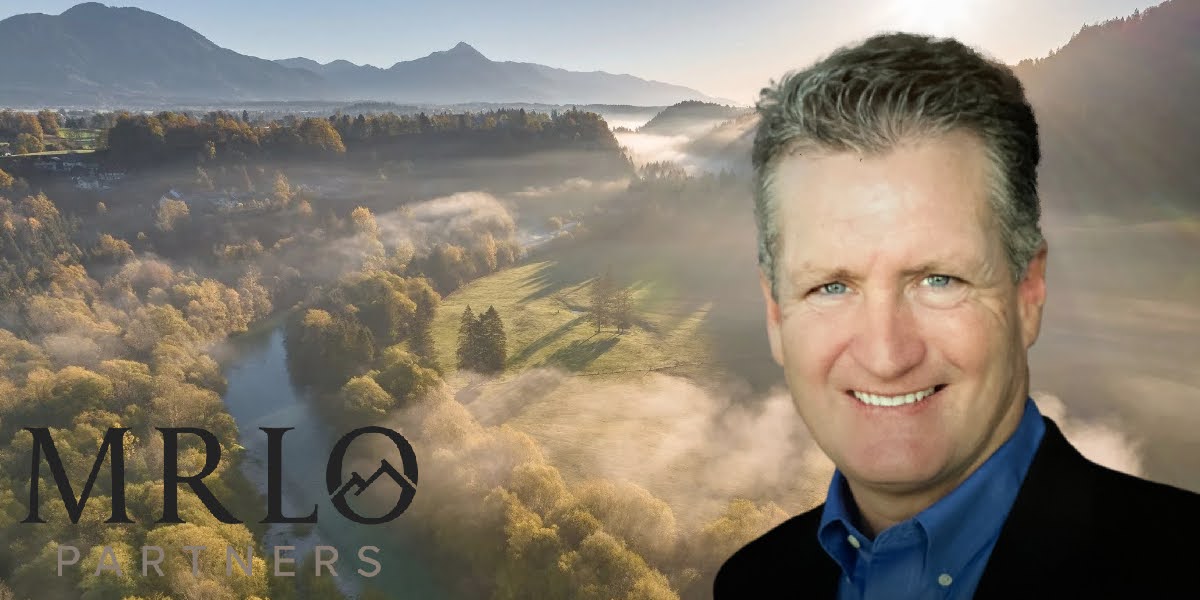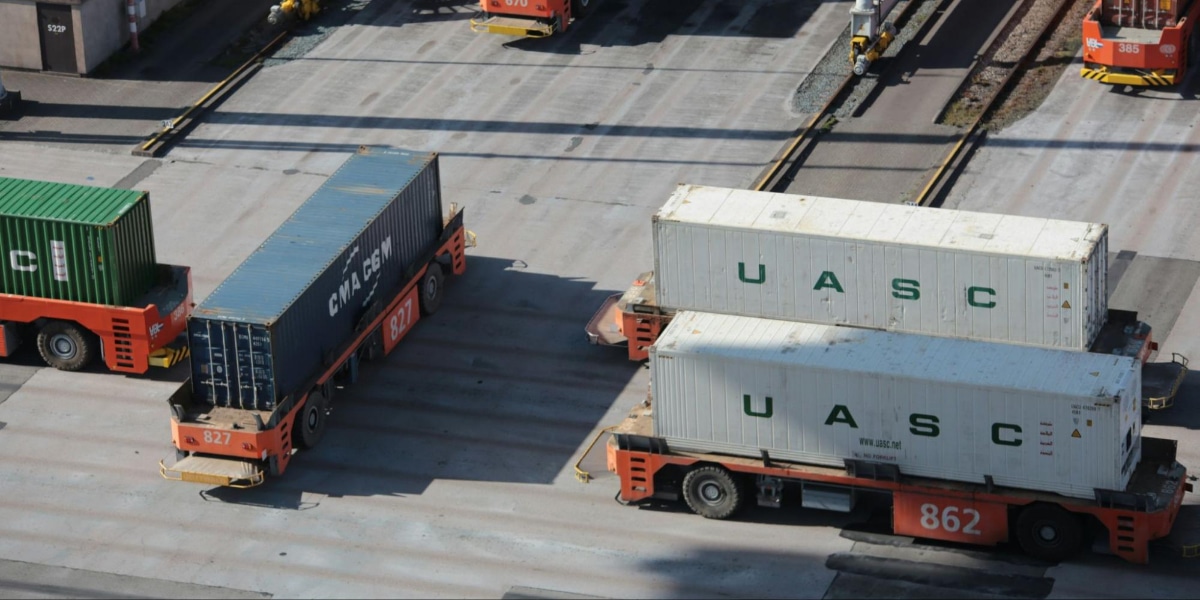Rent a Chemical Plant in San Francisco
In the bustling city of San Francisco, where innovation meets industry, the demand for specialized facilities like chemical plants is on the rise. Whether you’re a startup looking to scale your production or an established company seeking expansion opportunities, renting a chemical plant in San Francisco can be a strategic move. This comprehensive guide will walk you through everything you need to know about renting a chemical plant in the City by the Bay. Learn more about this.
Understanding the Need
Before delving into the specifics of renting a chemical plant, it’s crucial to understand why San Francisco is an attractive location for such facilities. San Francisco, known for its vibrant tech scene and progressive business environment, offers a unique blend of factors that make it conducive for chemical manufacturing:
Proximity to Research Institutions: San Francisco is home to renowned research institutions and universities, fostering a culture of innovation and technological advancement. This proximity can facilitate collaborations and access to cutting-edge research in chemical engineering and related fields.
Access to Talent Pool: The city attracts top talent from around the world, including scientists, engineers, and professionals with expertise in chemical manufacturing. This rich talent pool can be invaluable for companies operating in the chemical industry.
Regulatory Environment: San Francisco has stringent environmental regulations and safety standards, ensuring responsible and sustainable manufacturing practices. Renting a chemical plant in compliance with these regulations can enhance your company’s reputation and mitigate risks.
Identifying Suitable Locations
Once you’ve recognized the need for a chemical plant in San Francisco, the next step is to identify suitable locations for renting. Consider the following factors when evaluating potential sites:
Zoning Regulations: Check local zoning regulations to ensure that the chosen location permits chemical manufacturing activities. Certain areas may have restrictions or specific requirements for operating a chemical plant.
Infrastructure and Utilities: Assess the availability of essential infrastructure such as water, electricity, gas, and wastewater treatment facilities. A reliable supply of utilities is crucial for uninterrupted operations.
Transportation and Logistics: Evaluate access to transportation networks, including highways, ports, and airports. Efficient logistics can streamline the distribution of raw materials and finished products, reducing costs and lead times. Here provided more info.
Environmental Considerations: Take into account environmental factors such as air quality, proximity to sensitive ecosystems, and potential impact on the surrounding community. Prioritize sites that minimize environmental risks and promote sustainability.
Assessing Facility Requirements
Once you’ve narrowed down potential locations, it’s time to assess the specific requirements for your chemical plant. Consider the following aspects:
Facility Size and Layout: Determine the size and layout of the facility based on your production needs and processes. Factors such as floor space, ceiling height, and layout optimization can significantly impact operational efficiency.
Equipment and Machinery: Evaluate the existing equipment and machinery available at the facility. Consider whether it meets your production requirements or if additional investments are needed to upgrade or install new equipment.
Safety and Compliance: Ensure that the facility complies with safety regulations and industry standards for chemical manufacturing. This includes proper ventilation systems, chemical storage facilities, emergency response protocols, and employee training programs.
Negotiating Lease Terms
Once you’ve identified a suitable facility, it’s time to negotiate lease terms with the property owner or landlord. Here are some key considerations:
Lease Duration: Determine the duration of the lease agreement, taking into account your long-term business goals and growth projections. Negotiate favorable terms that provide flexibility for expansion or relocation if needed.
Rent and Operating Costs: Discuss rent and operating costs, including utilities, maintenance, and property taxes. Clarify any additional fees or expenses associated with the lease agreement.
Legal and Liability Issues: Review the lease agreement carefully to understand your rights and responsibilities as a tenant. Consider consulting legal experts to ensure that the terms are fair and equitable.
Ensuring Regulatory Compliance
Before commencing operations, it’s essential to ensure regulatory compliance at all levels. Here are some steps to consider:
Obtain Permits and Licenses: Secure necessary permits and licenses from local, state, and federal authorities to operate a chemical plant in San Francisco. This may include environmental permits, occupational health permits, and business licenses.
Conduct Safety Audits: Conduct comprehensive safety audits to identify and mitigate potential hazards in the workplace. Implement safety protocols, emergency response plans, and employee training programs to ensure a safe working environment.
Environmental Impact Assessment: Conduct an environmental impact assessment to evaluate the potential environmental effects of your operations. Implement measures to minimize pollution, conserve resources, and mitigate environmental risks.
Conclusion
Renting a chemical plant in San Francisco offers unique opportunities for companies looking to establish or expand their presence in the thriving Bay Area market. By understanding the local business landscape, identifying suitable locations, assessing facility requirements, negotiating lease terms, and ensuring regulatory compliance, you can set the stage for success in the dynamic world of chemical manufacturing. With careful planning and strategic decision-making, renting a chemical plant in San Francisco can propel your company to new heights of innovation and growth.
Published by: Nelly Chavez















